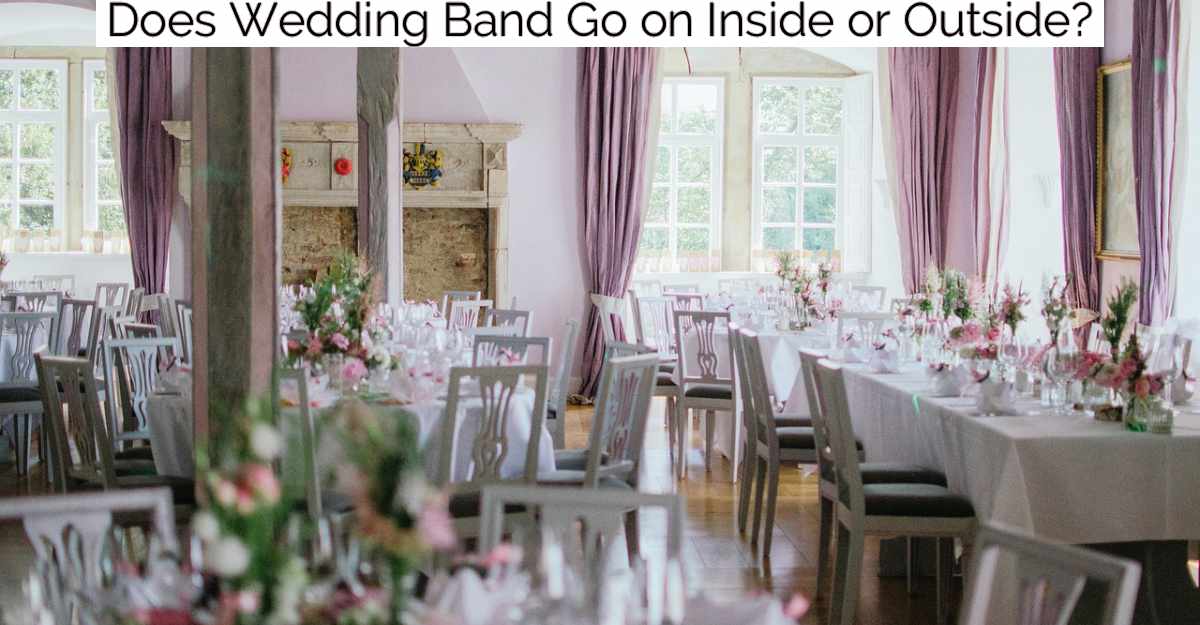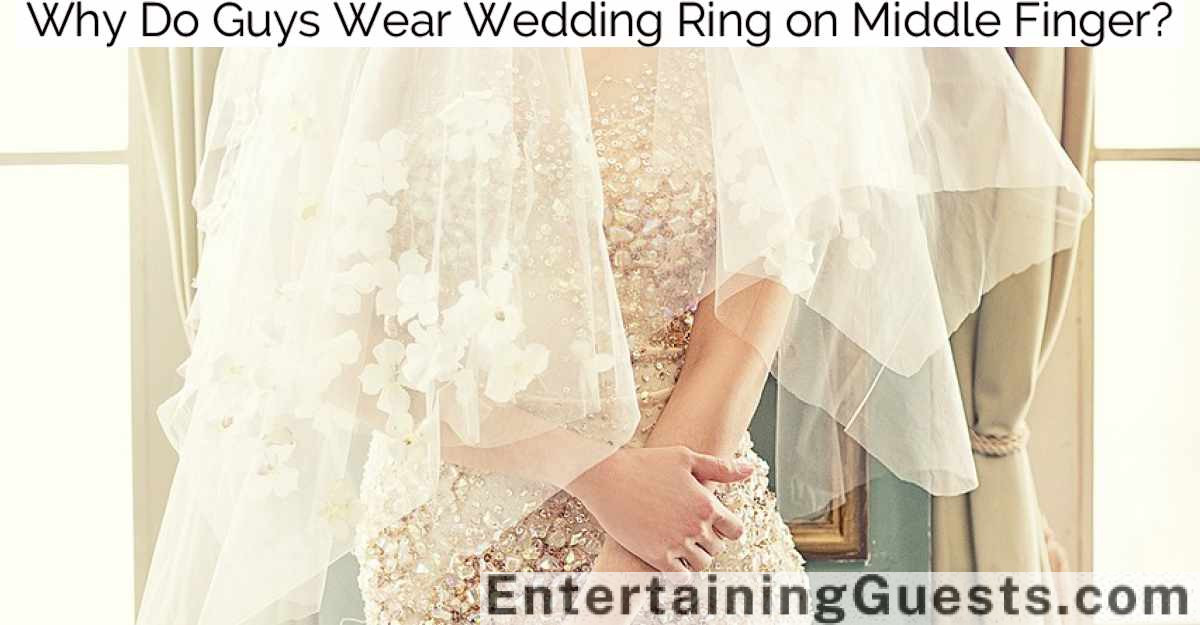Yes, traditionally in Western cultures, the wedding band is worn on the inside of the left hand’s fourth finger, linked to the heart through the "vena amoris."
In contrast, Eastern European cultures often place the wedding band on the right hand, aligning with Orthodox Christian beliefs.
Personal preferences and factors such as career demands or dominant hand usage may influence which hand the band is worn on.
This choice reflects a deep integration of personal expression and cultural identity, illustrating the diverse traditions surrounding ring placement and their symbolic meanings.
Exploring these variations further reveals intriguing details about their significance.
Historical Traditions Explained
Throughout history, diverse cultures have imbued wedding band placement with profound significance, each holding its own unique traditions. For instance, in many Western societies, the wedding band traditionally rests on the left hand’s fourth finger. This custom stems from the ancient Roman belief in the "vena amoris" or "vein of love," which they thought ran directly from this finger to the heart. The left hand’s symbolism also emphasizes trust and emotional connection, reinforcing the bond between partners historical interpretations of love.
Conversely, in some Eastern European countries, such as Russia, Poland, and Bulgaria, the wedding band finds its place on the right hand. This practice aligns with Orthodox Christian beliefs, reflecting the right hand’s association with oaths and vows.
In India, the scenario varies as some regions adopt the Western style, while others stick to traditional methods, placing the wedding band on the right hand, signifying strength and prosperity.
Moreover, contemporary shifts have seen variations in these traditional placements due to globalization and personal preferences. Couples today might choose their wedding band placement based on comfort, career (such as those in certain professions might prefer wearing the band on their less dominant hand), or even aesthetic reasons, showcasing the evolving nature of this age-old tradition.
Symbolism of Wedding Band Placement
The placement of a wedding band not only follows cultural norms but also embodies deep symbolic meanings that vary across different societies. Typically worn on the ring finger, the choice of hand and specific finger positioning reflect beliefs and values that have been cherished for centuries.
For many, the left hand’s ring finger hosts the wedding band due to an ancient Roman belief that this finger houses the "vena amoris" or "vein of love," thought to be directly connected to the heart. This romantic notion suggests that wearing the ring on this finger symbolizes a direct connection to the heart, underscoring the love and commitment between partners. In addition, the materials used for wedding rings, such as gold and diamonds, carry their own symbolic meanings that reflect purity and resilience in marriage, reinforcing the significance of the band’s placement as a reflection of shared values and commitment symbolic meaning of wedding rings.
Furthermore, the circular shape of the wedding band itself holds significant symbolism. It represents eternity, with no beginning or end, mirroring the timeless nature of the commitment.
In this light, the act of placing the wedding band on the finger during a ceremony isn’t just a formal gesture; it’s a profound declaration of eternal love and fidelity. In this way, the physical act of wearing the ring becomes a daily reminder and a public declaration of this lifelong commitment, visible to the world and deeply personal in its significance.
Cultural Variations in Ring Positioning
While the symbolic significance of wedding bands is universal, their placement varies widely across different cultures. In many Western nations, couples wear their wedding bands on the left hand’s fourth finger, a practice rooted in the ancient belief that this finger houses a vein directly connected to the heart. This custom aligns with the broader historical context where rings symbolize fidelity and social status, symbolizing commitment and fidelity.
Conversely, in some Eastern European countries like Russia, Poland, and Bulgaria, the wedding band graces the right hand, aligning with Orthodox Christian traditions.
Across the oceans, in India, the wedding band isn’t traditionally a band at all but rather intricate patterns painted on the bride’s hands and feet with henna. These designs symbolize joy, beauty, and spiritual awakening.
Meanwhile, in Jewish ceremonies, it’s customary for the wedding ring to be placed on the index finger of the right hand during the ceremony, although many couples eventually move the ring to the left hand.
This diversity in wedding band placement underscores not only the vast array of global customs but also reflects deep-rooted beliefs and values specific to each culture. Each method carries its own unique symbolism and significance, offering a fascinating glimpse into the customs that color the world of matrimonial unions.
Personal Preferences and Choices
In addition to cultural norms, individual preferences and personal choices play a pivotal role in deciding where and how wedding bands are worn. Each couple might choose a ring positioning that’s meaningful to them, reflecting their unique relationship and personal histories.
For instance, someone might opt to wear their wedding band on their right hand due to left-handedness or a profession that risks damaging the ring.
Furthermore, the choice of which finger carries the band may be influenced by inherited jewelry. If a couple decides to use a family heirloom as a wedding band, they might wear it in a way that honors the original owner’s preference, irrespective of common practices. This decision adds a layer of personal significance and continuity to their choice.
Some individuals also consider practical aspects, such as the fit and comfort of the ring on a particular finger, especially if they’ve specific physical considerations or sensitivities.
Additionally, unconventional materials or designs in wedding bands might influence how and where they’re worn, allowing couples to express their personalities and stories uniquely.
These nuanced decisions underscore that, while tradition offers a starting point, it’s the personal touches that truly define the symbolism and significance of wedding bands.
Modern Trends and Changes
Recent years have seen a significant shift in how couples approach wedding band styles and materials, reflecting broader changes in fashion and technology. Today’s couples are opting for innovative materials like tungsten, titanium, and silicone alongside the traditional gold and silver. These choices aren’t just driven by aesthetic preferences but also by practical considerations such as durability and cost-effectiveness.
Moreover, customization has become a key trend. Couples now often engrave symbols, messages, or even fingerprints on their bands, making each piece uniquely personal. This move towards customization aligns with a broader societal shift towards personalized products and experiences in various sectors.
Additionally, the influence of technology has extended to the purchase process itself. Many couples now prefer shopping for their wedding bands online, where they can access a wider range of options and better prices. Virtual try-on apps and online consultations have also gained popularity, offering convenience and a personalized shopping experience without the need to visit a physical store.
These modern trends show a dynamic evolution in the tradition of wedding bands, blending the old with the new to better suit the lifestyles and values of contemporary couples.
Conclusion
To sum up, the placement of a wedding band—whether inside or outside—carries rich historical resonance and varies by culture. Traditionally rooted in symbolism, these practices reflect a tapestry of beliefs about love and commitment. Today, personal preference often guides this choice, with modern trends offering a fresh take on these age-old customs. Ultimately, whether a ring sits inside or outside, it remains a profound emblem of the union it represents, tailored to the couple’s unique story.







